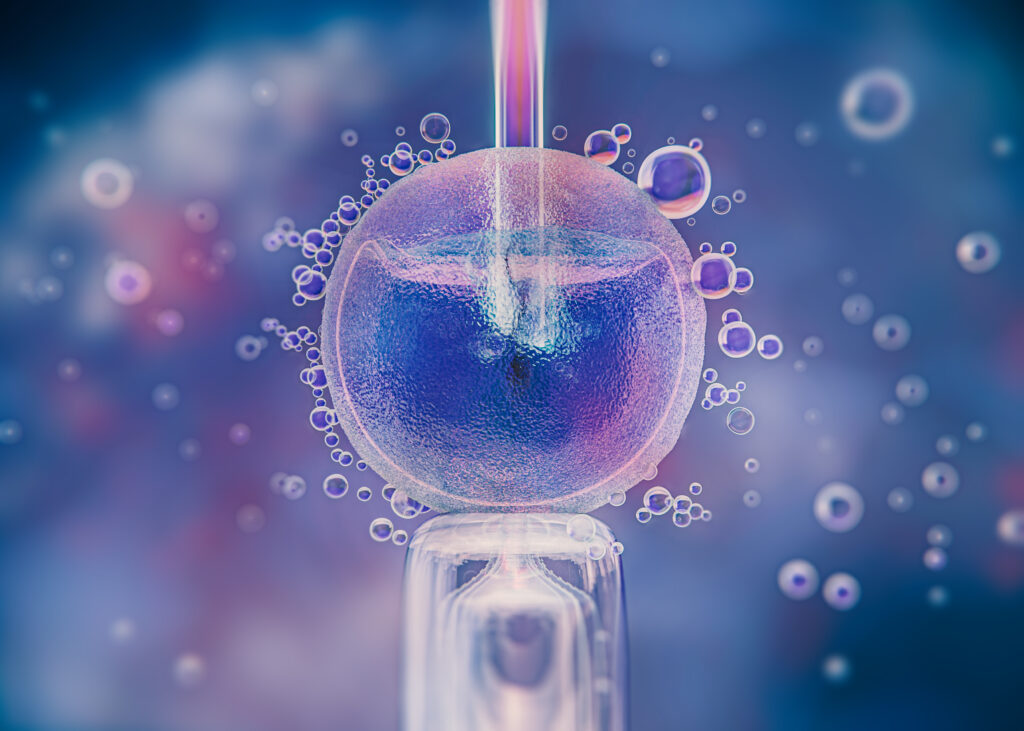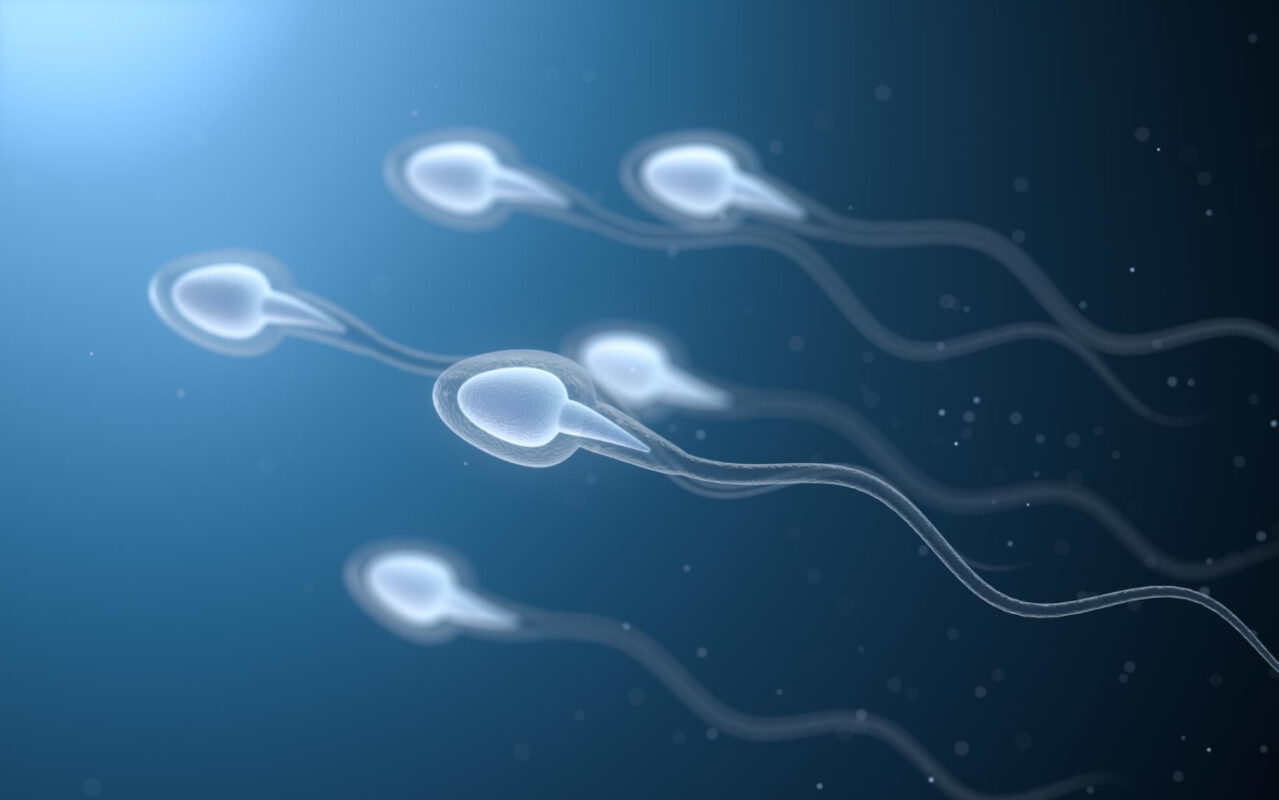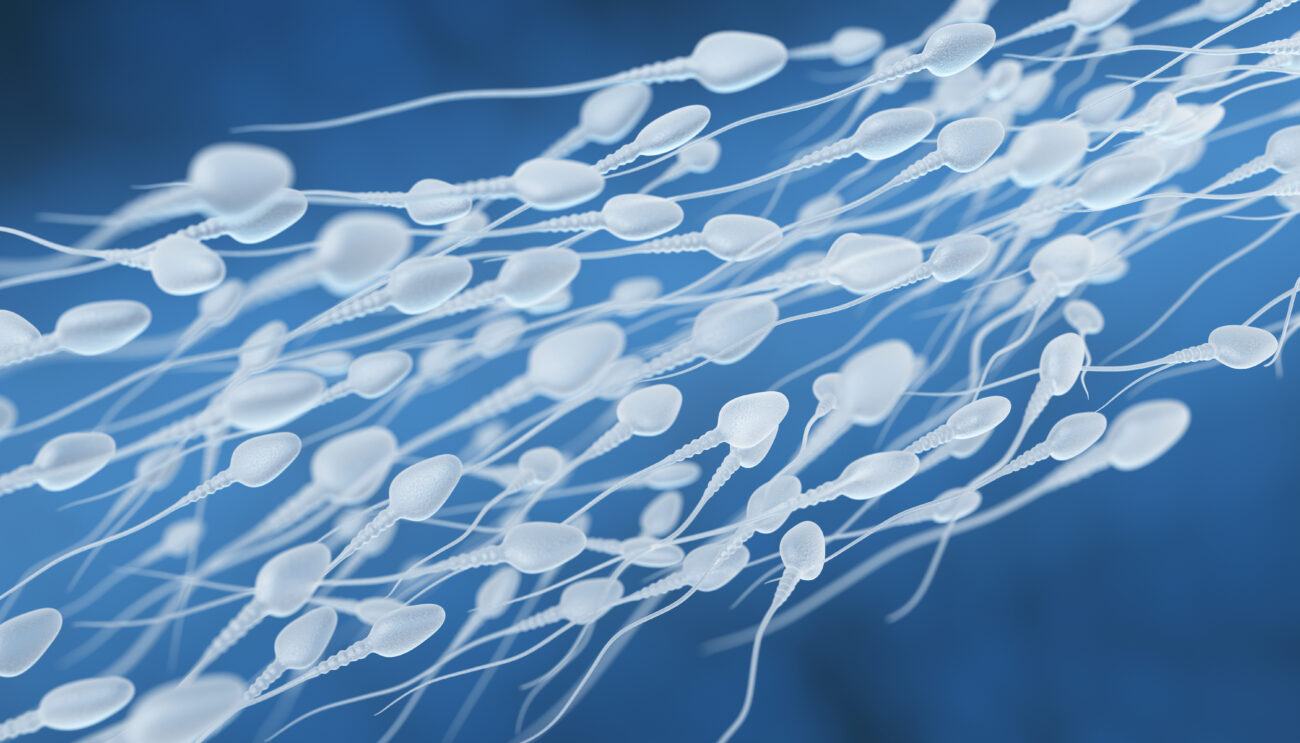In vitro fertilization (IVF) is a method of assisted reproduction that allows couples with difficulties in conceiving to get pregnant and create the family they dream of. In this process, the woman’s eggs and the man’s sperm are brought together in a laboratory under very special conditions so that they can be fertilized.
The resulting embryos are then cultured for 5 or 6 days and transferred to the woman’s uterus, in hopes of achieving pregnancy. IVF offers a valuable opportunity for many couples to fulfill their dream of having a baby.
What does the In Vitro Fertilization process consist of?
Understanding the IVF process may seem complex, but by breaking down step by step, we can clearly see how this wonderful technique works.
1. Ovarian stimulation
The first step in the IVF process is ovarian stimulation. The woman receives hormonal medications to stimulate her ovaries and produce multiple mature eggs, instead of a single one that would be produced in a natural cycle. This phase requires regular monitoring through ultrasounds and blood tests to measure hormone levels and the growth of ovarian follicles.
2. Egg retrieval
Once the eggs are mature, a minor procedure called a follicular puncture is scheduled to remove the eggs. This procedure is performed under sedation and lasts approximately 20 minutes. The doctor uses a fine, ultrasound-guided needle to remove eggs from the ovarian follicles. After retrieval, the eggs are taken to the embryology lab.
3. Fertilization
In the laboratory, the retrieved eggs are placed in a petri dish with the man’s sperm, which have been previously prepared. This is where the magic happens: one of the sperm penetrates the egg and fertilizes it. During this process, specialists become observers, since the nature of the process is sensitive and any interaction could affect cell growth.
4. Embryo culture
The fertilized eggs, now embryos, are observed in the laboratory for a few days. Embryologists monitor their development to select the best quality embryos. This cultivation period can last from 5 to 6 days, depending on each particular case.
5. Embryo transfer
Once the embryos have reached the proper stage of development, one (or in some cases, more than one) is selected to be transferred to the woman’s uterus. This procedure does not require anesthesia. The embryo is placed in a thin, flexible catheter and gently inserted into the uterus through the cervix. The process is quick and usually painless.
6. Waiting and pregnancy test
After the transfer of the embryo(s), comes the waiting period, of approximately two weeks after the transfer, a pregnancy test is performed to determine if the embryo has successfully implanted in the uterus and has begun to develop.
While IVF is one of the great wonders of modern medicine, offering a significant opportunity to those who dream of starting a family and face difficulties in achieving it, IVF does not guarantee success in all cases, and it may be necessary to repeat the process several times to achieve pregnancy.
However, advances in technology and science have greatly improved success rates over the years. Keep in mind that the process can be emotionally challenging for some people, so it is essential to have both medical and emotional support throughout the journey.
Preparing for In Vitro Fertilization: What to Expect?
If you’re thinking about starting an in vitro fertilization (IVF) process, you should know that it all starts with an initial consultation and a series of tests and evaluations to ensure that you’re a suitable candidate for treatment.
- These tests include hormone tests, ovarian reserve, ultrasounds, and an analysis of your partner’s semen (spermogram). Based on these results, your doctor will develop a personalized treatment plan, which includes a detailed schedule of medications and appointments for which you will need to have an agenda available.
This process can be accompanied by multiple emotions, so having professional emotional support and a family support network must be included in the planning. The body becomes a harmonious place to live with the mother or gestational carrier who must be in perfect physical and emotional condition. The discharge of cortisol in the body, caused by anxiety and stress, is undoubtedly a limitation in the process that can be managed with the right resources and assistance.





